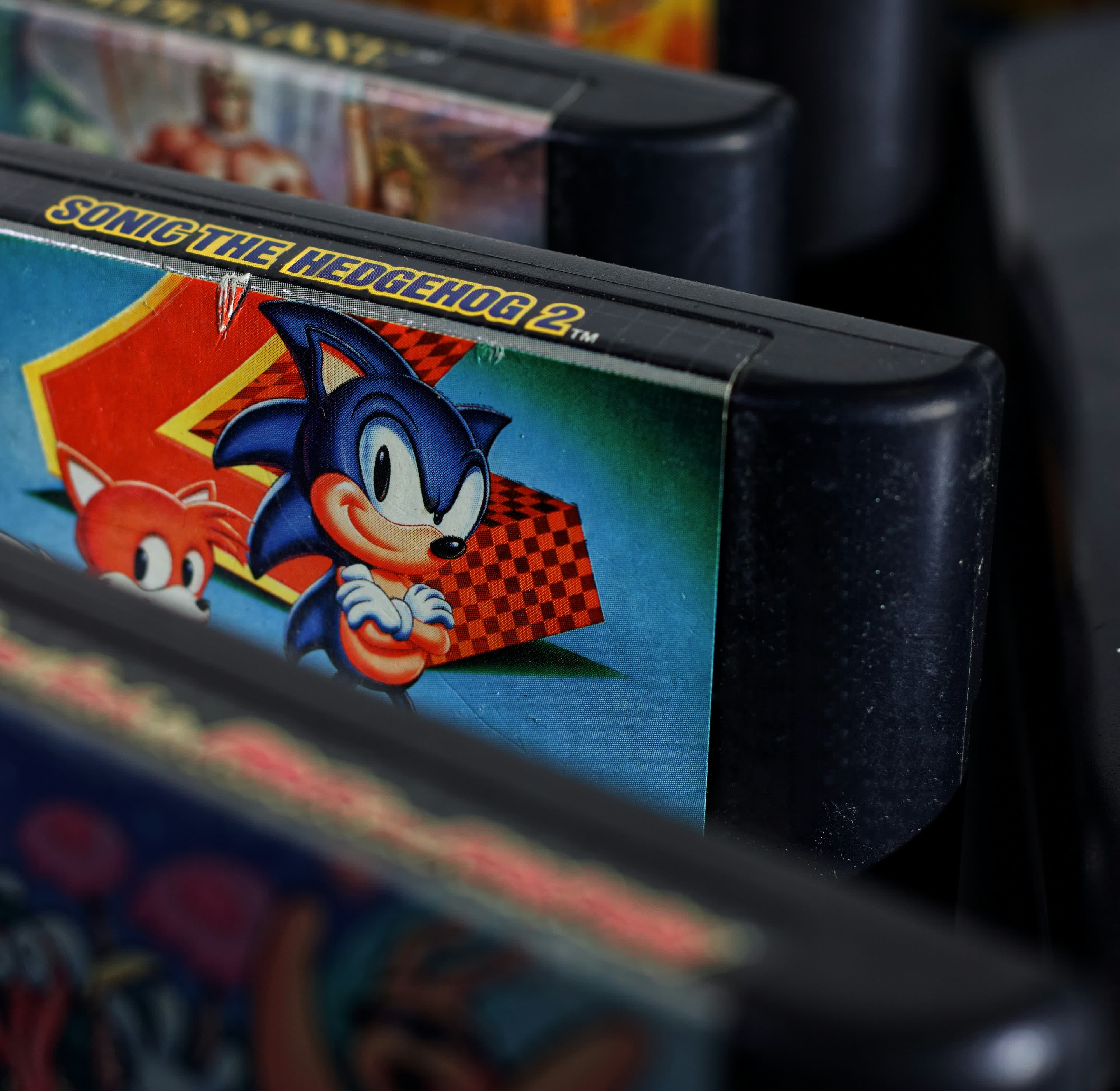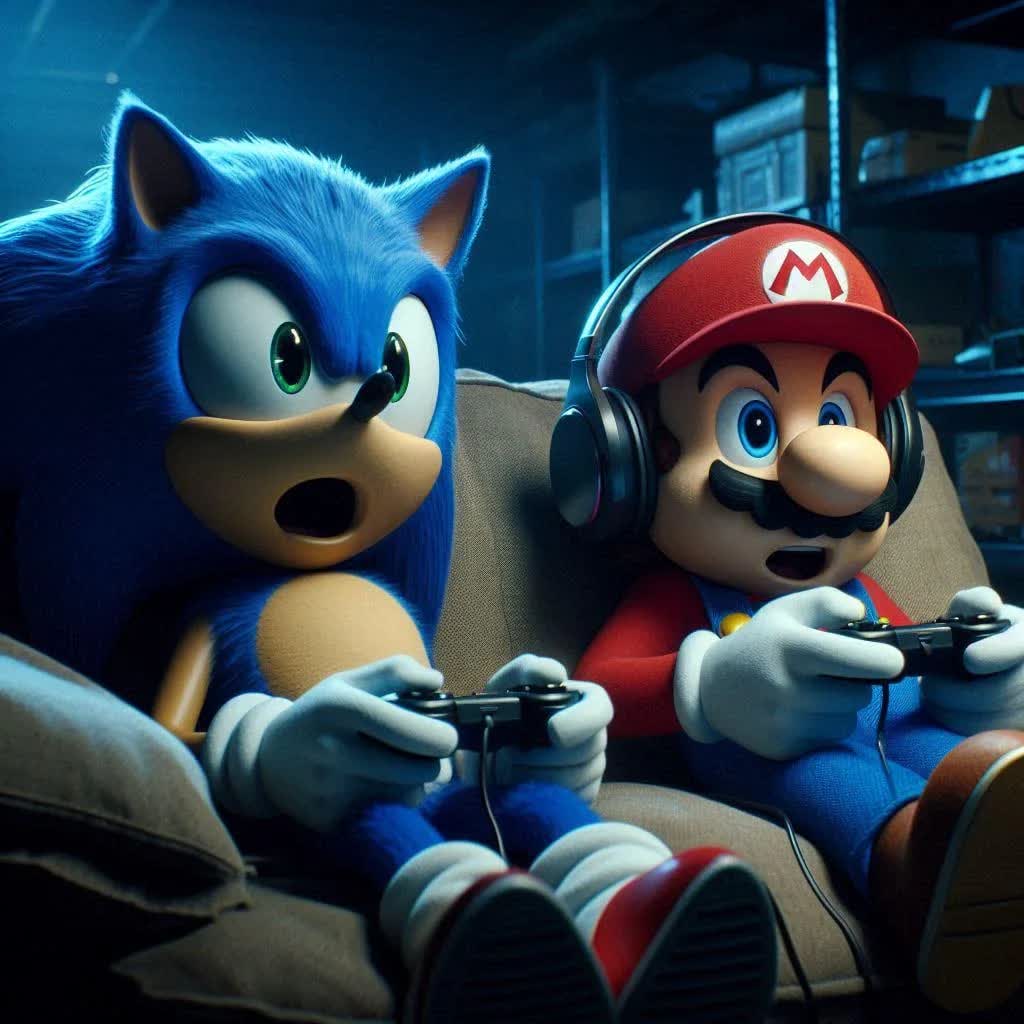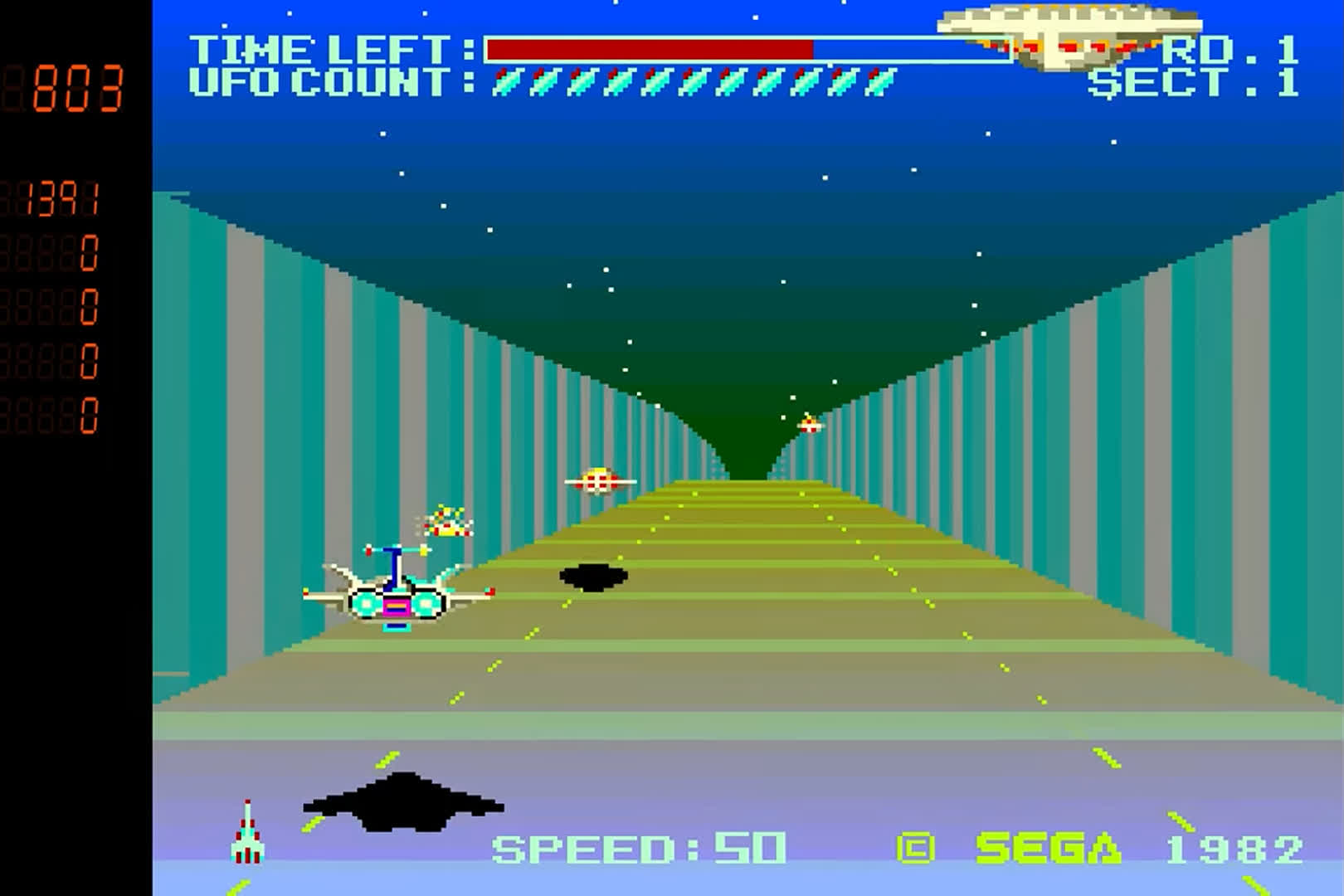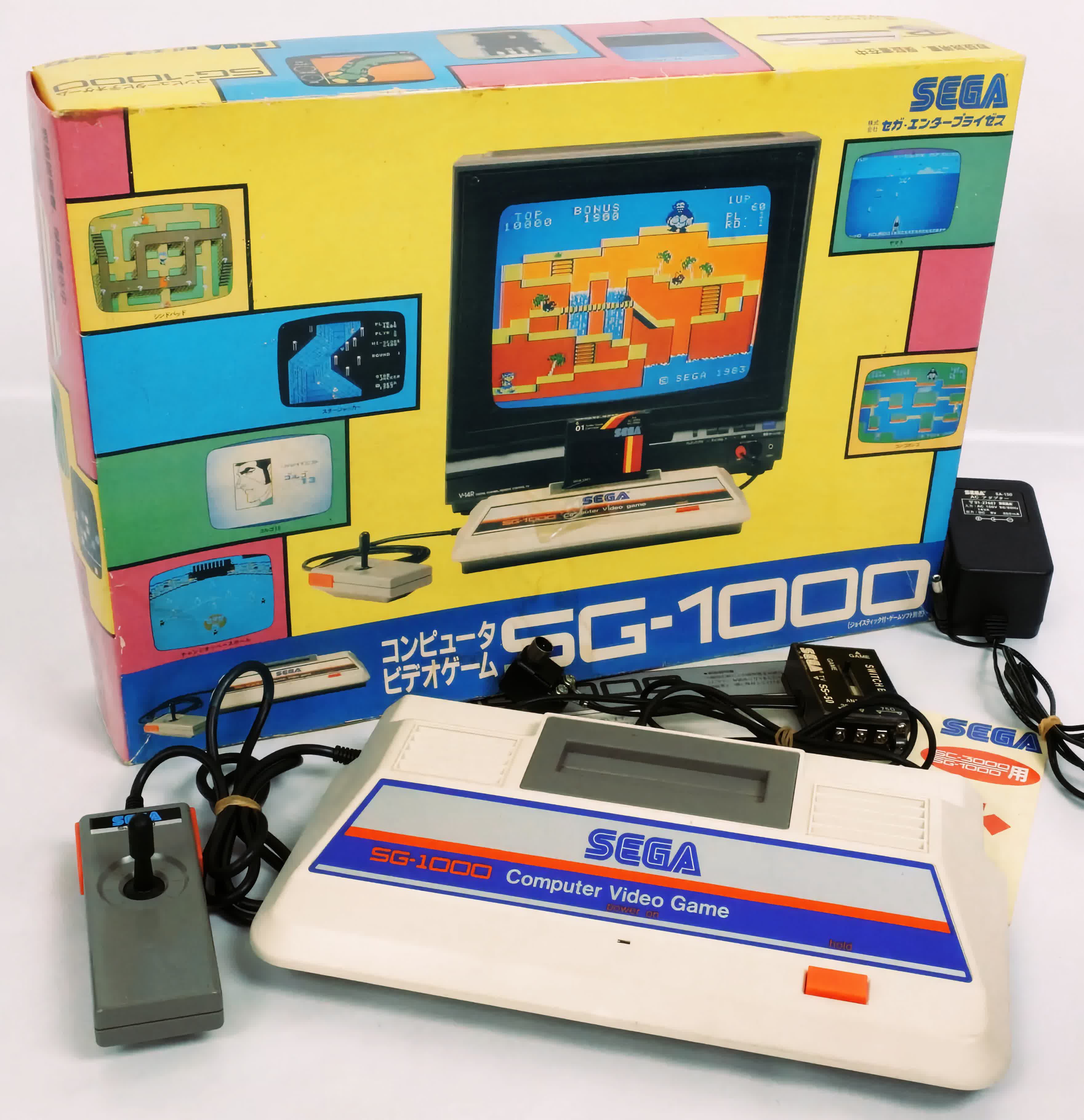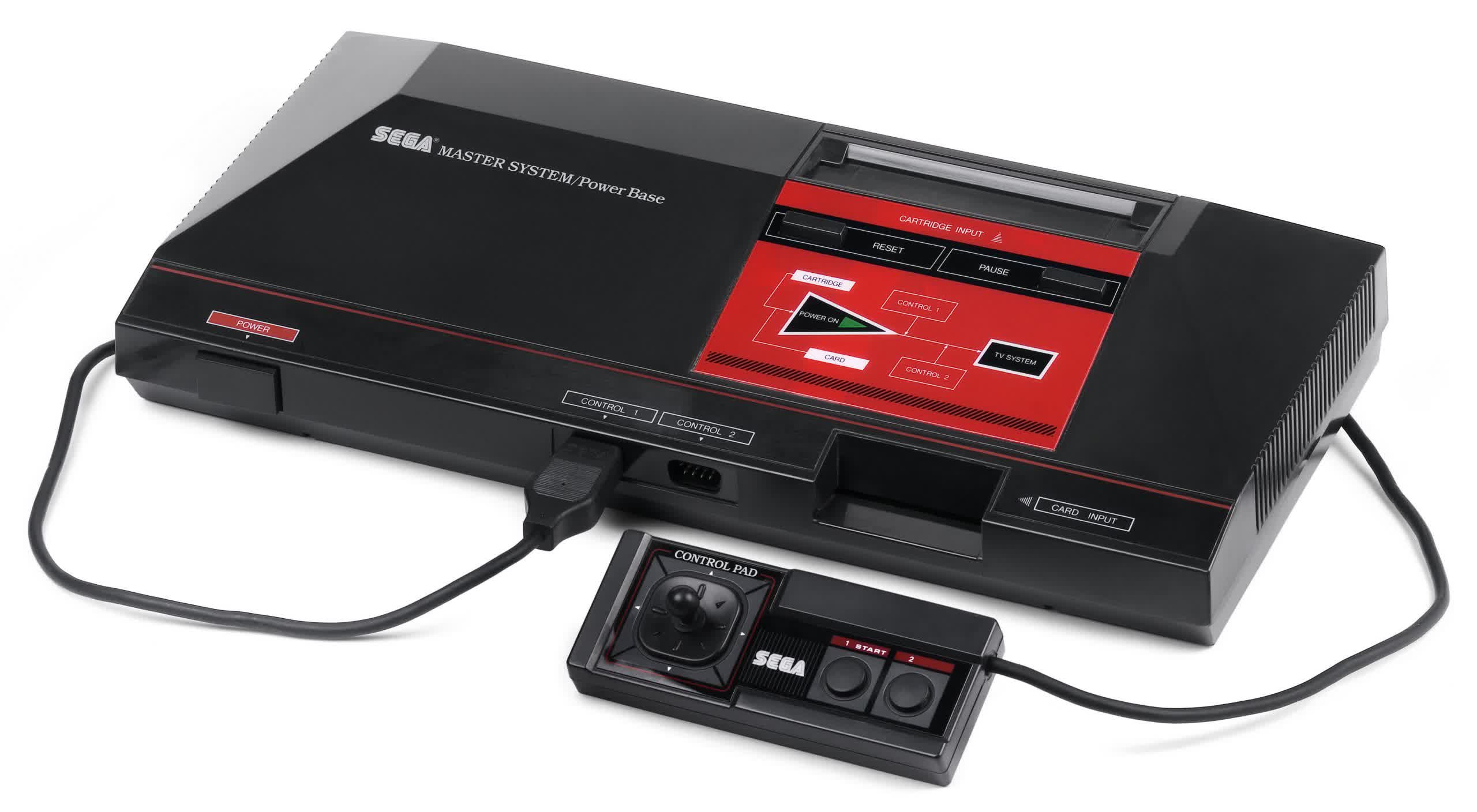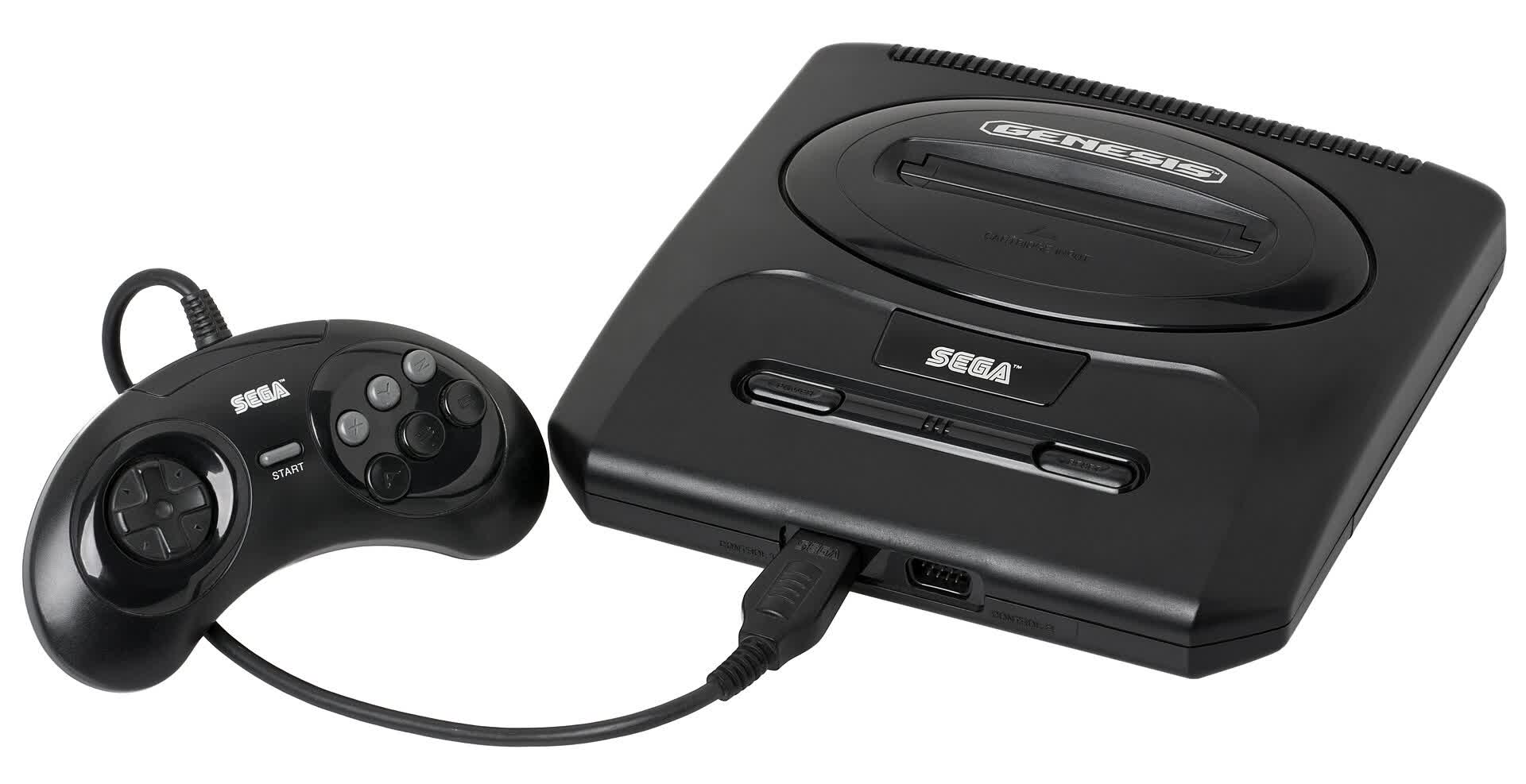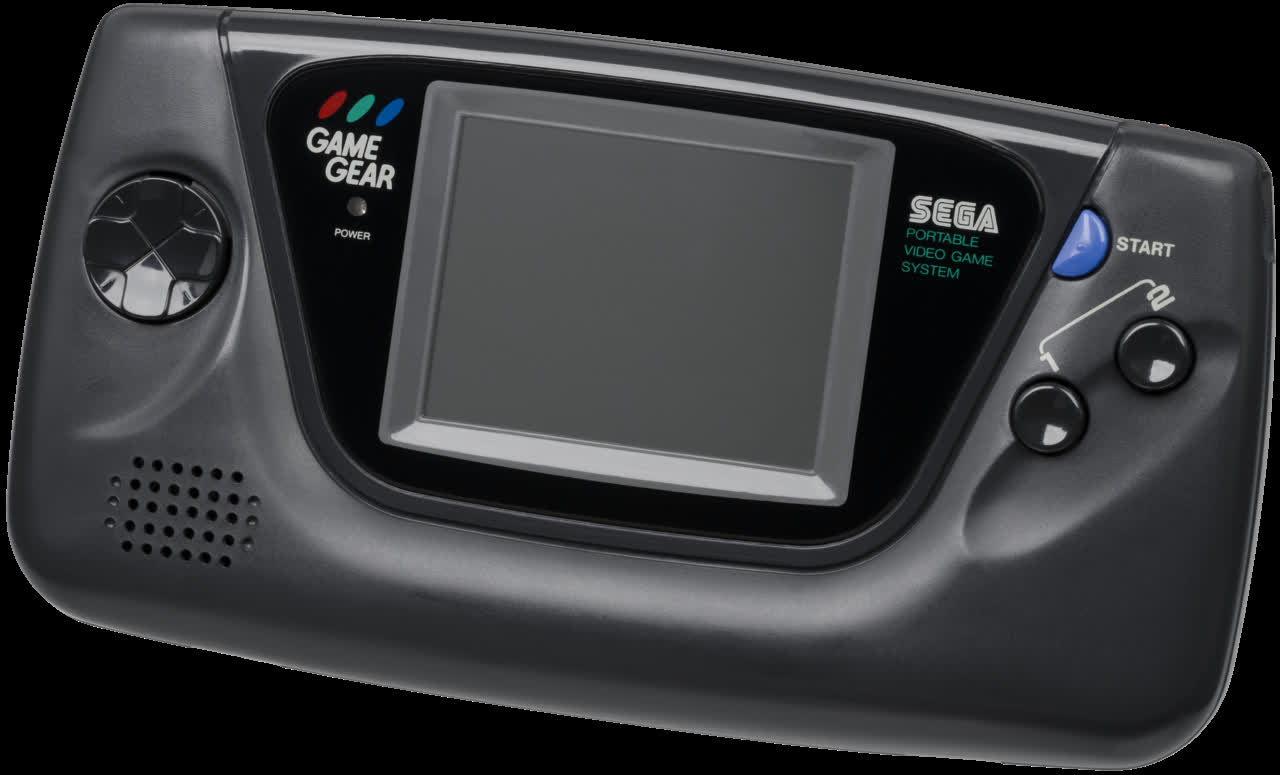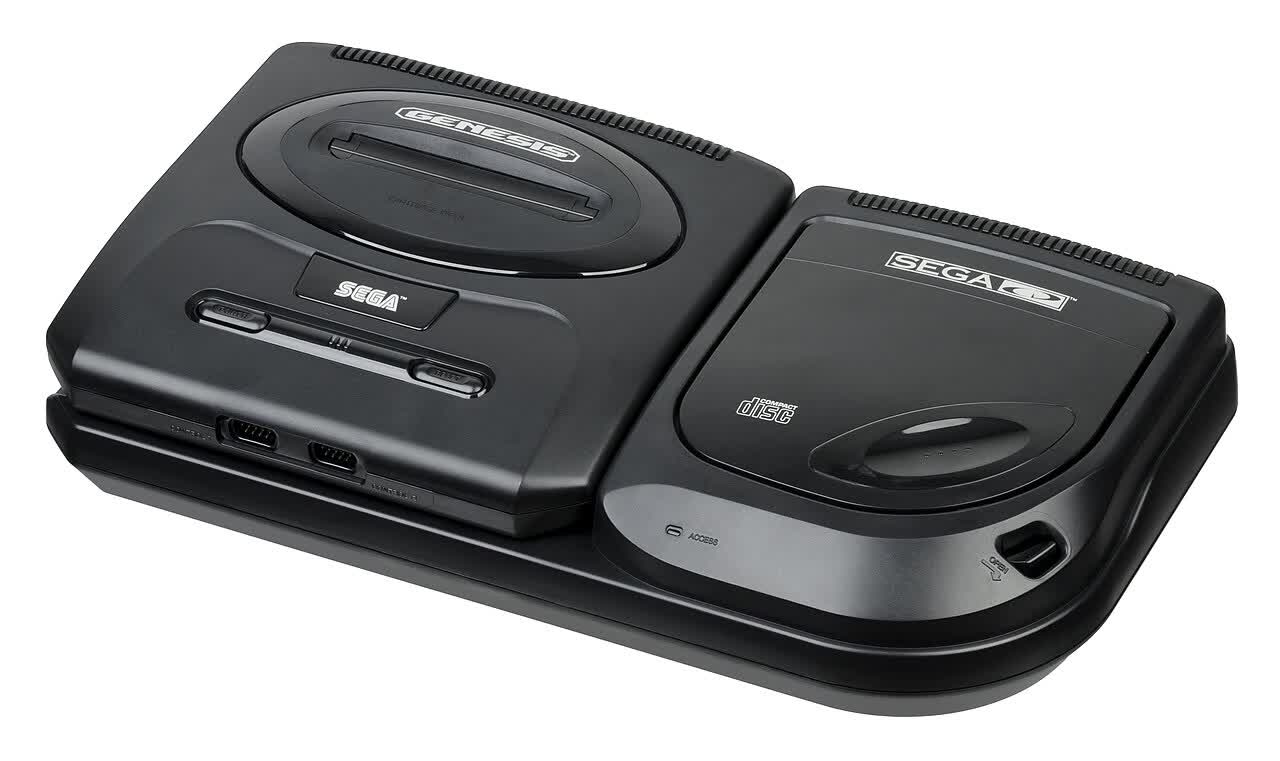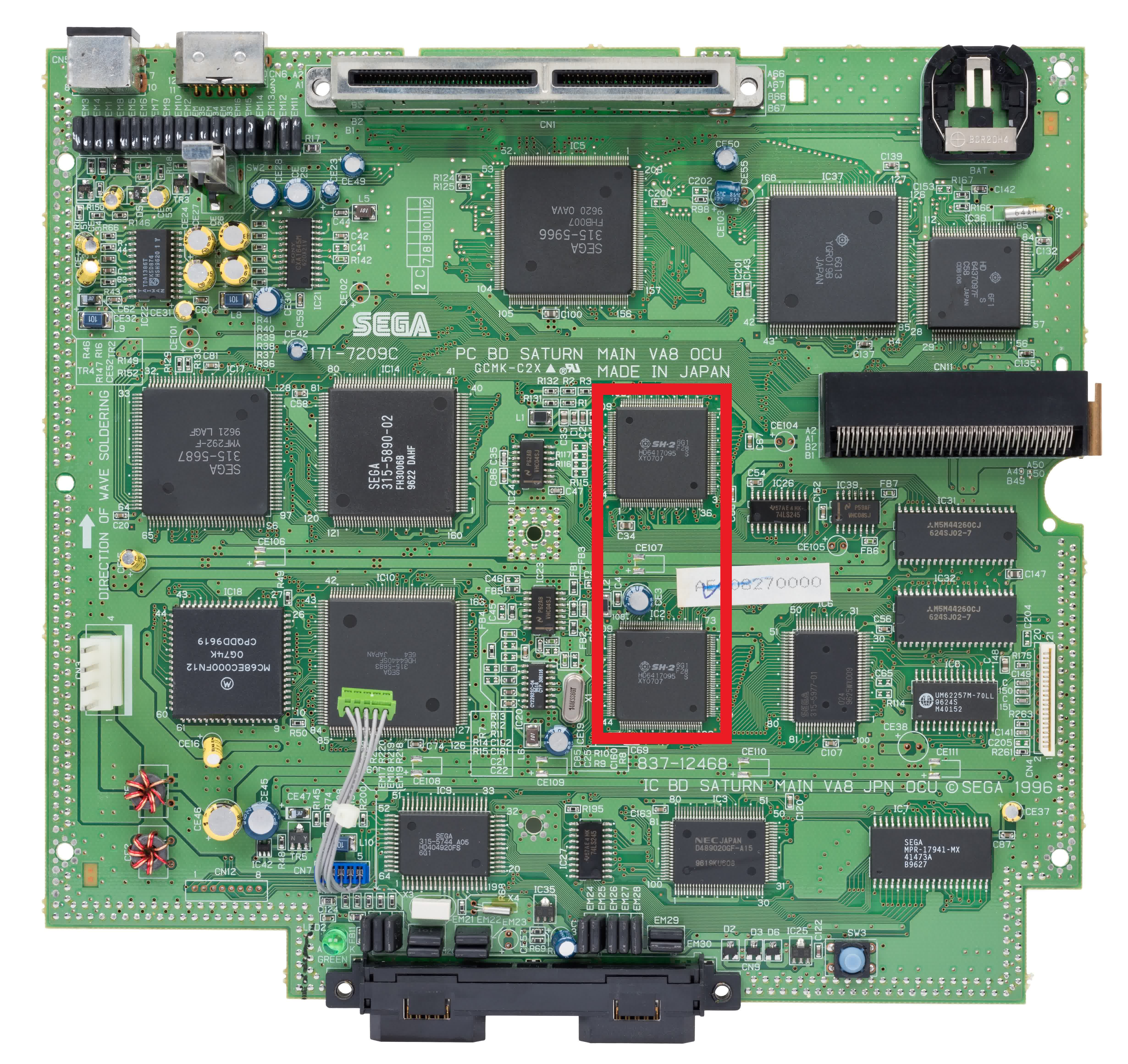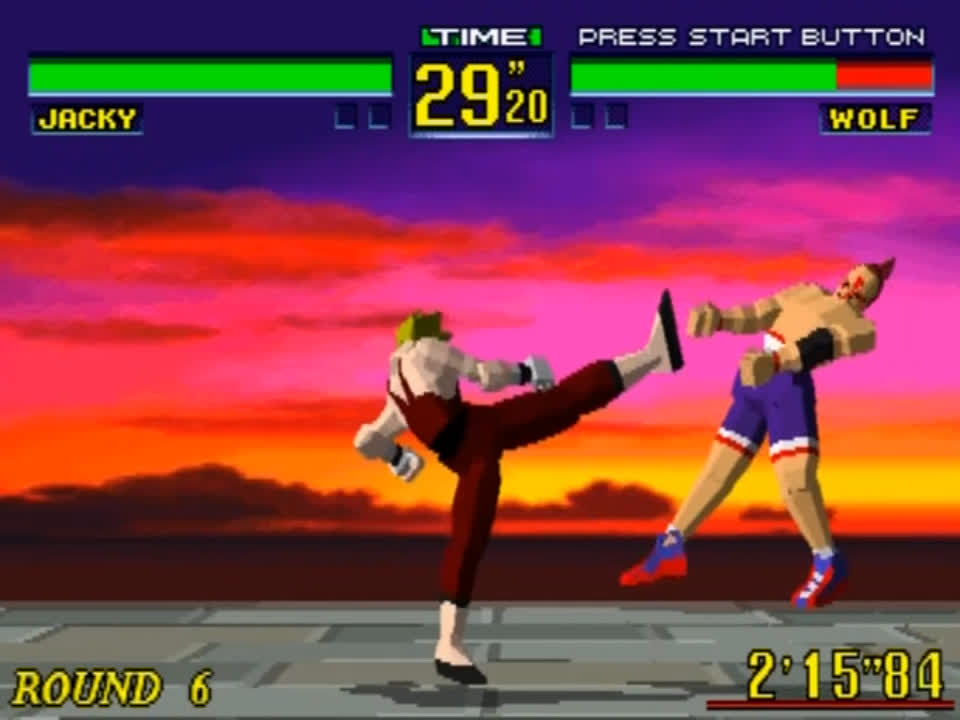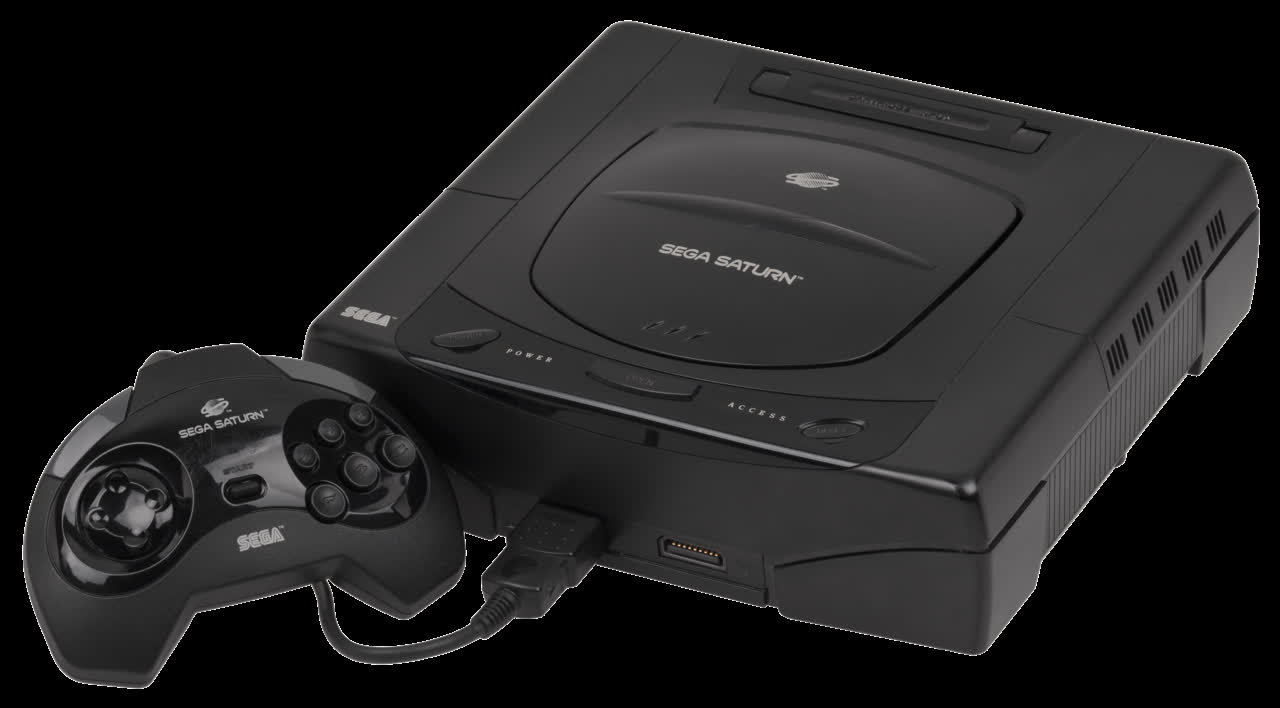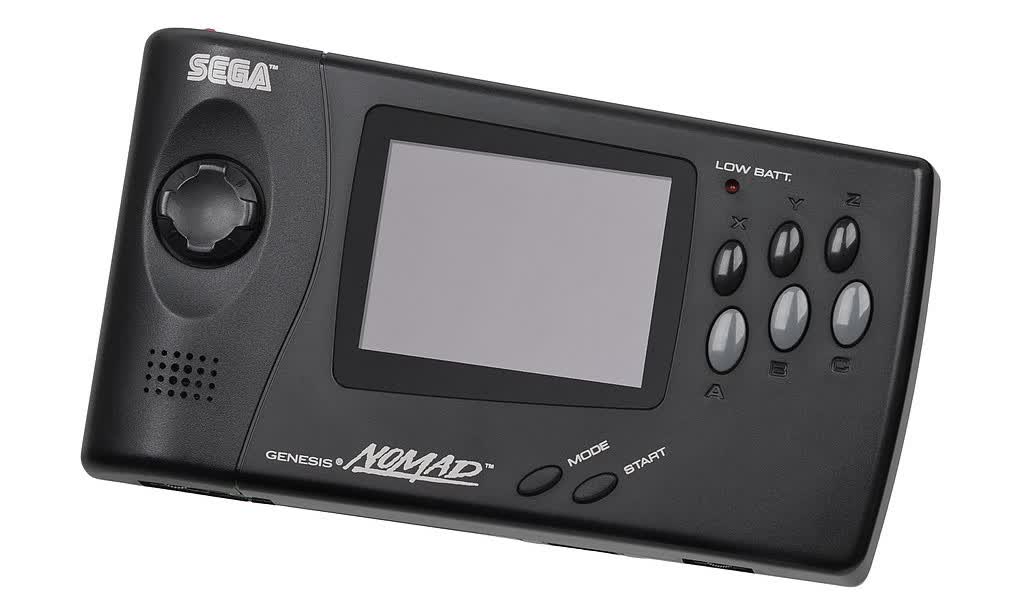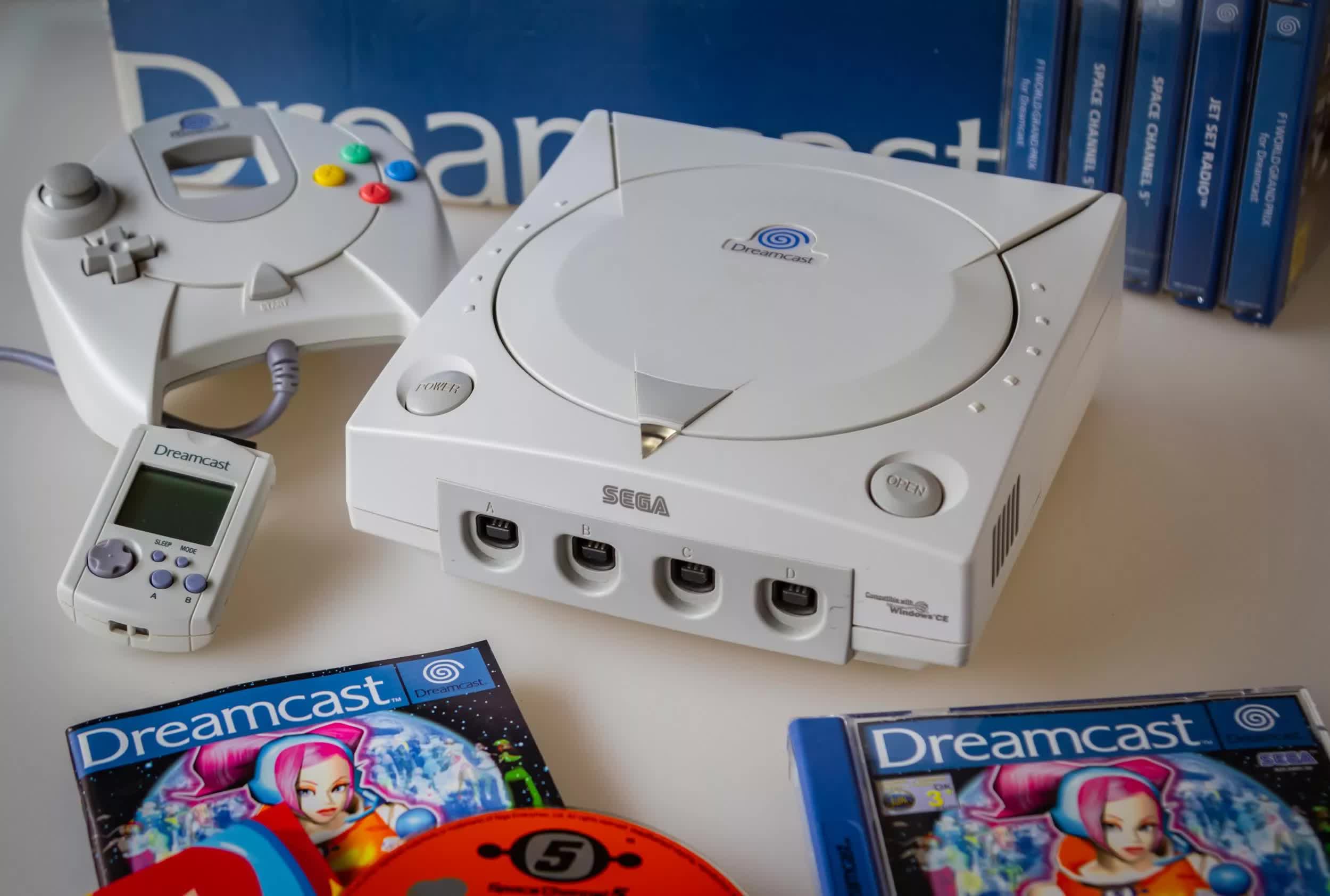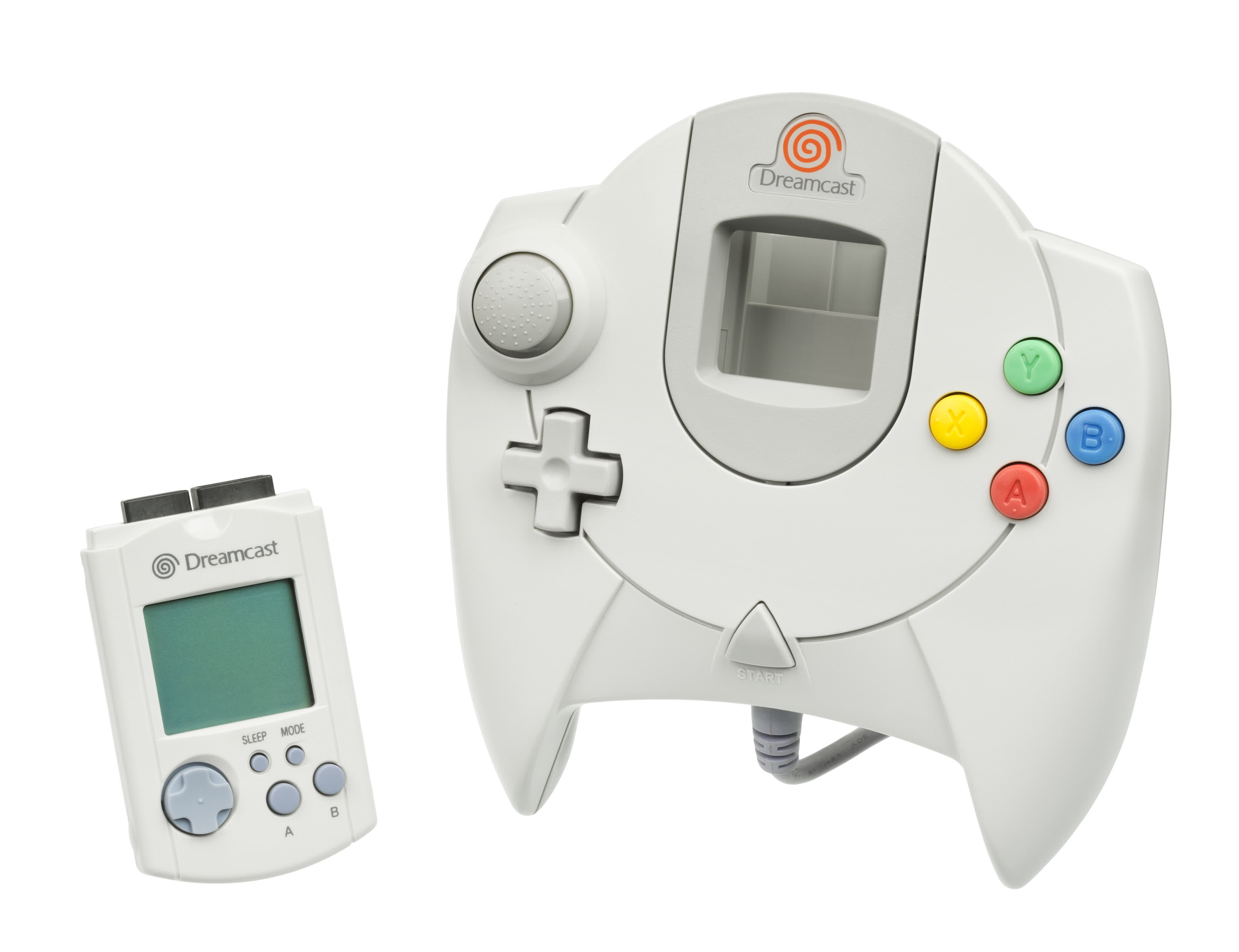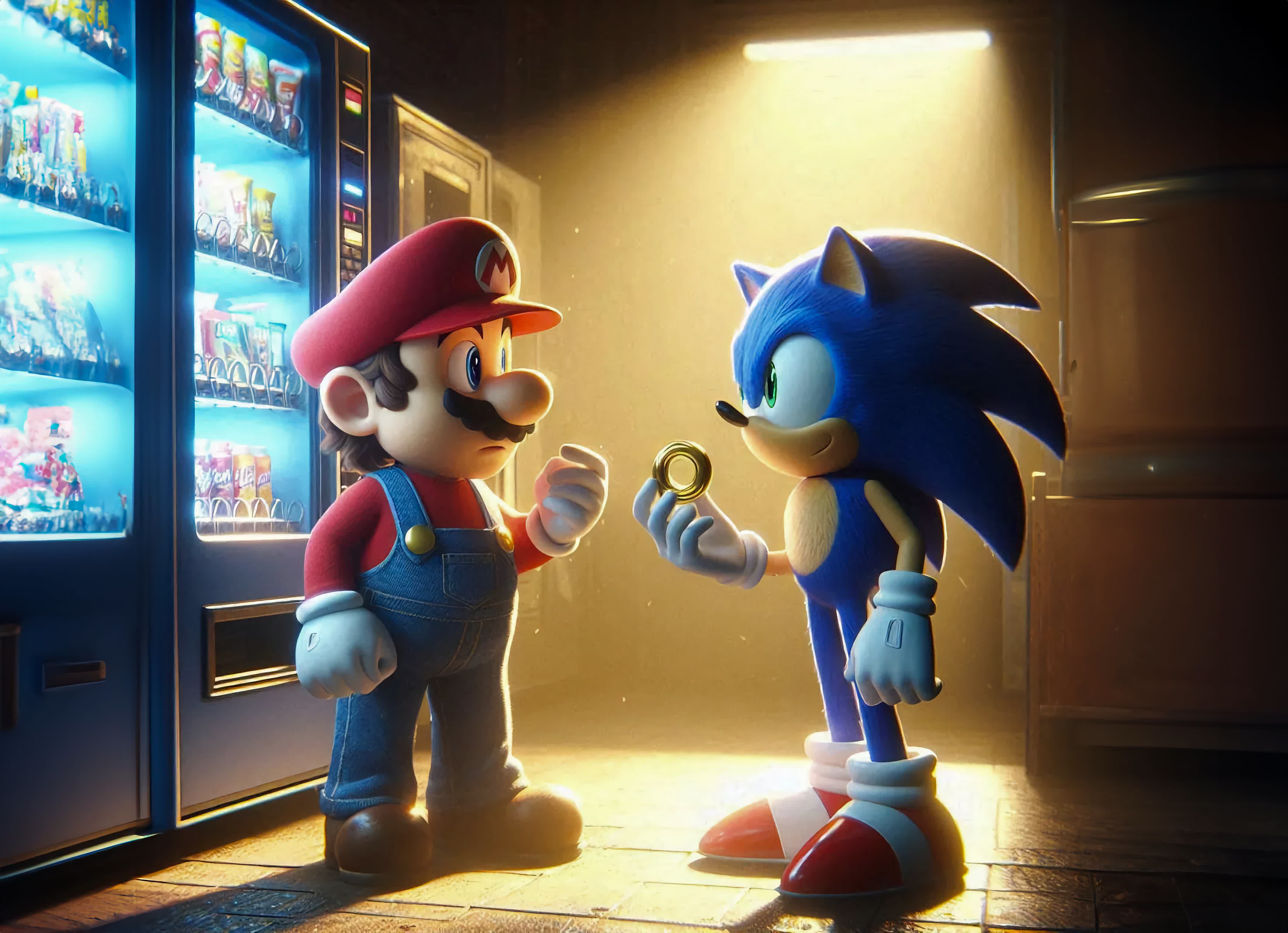You may know Sega as the publisher of game series like Total War, Football Manager, Yakuza, and of course, Sonic the Hedgehog. However, Sega used to be much more than that. Before the arrival of the PlayStation and Xbox, Sega was Nintendo's main rival in the console market, pioneering 3D graphics and online features. The downfall of Sega was filled with personal drama and will probably become a Hollywood movie one day.
In the U.S., the Genesis was by far the most successful Sega console. However, in Europe, the Master System was almost as popular, and in Japan, the Saturn sold the most units. Even the short-lived Dreamcast is fondly remembered by the millions who owned it. Yet, Sega's story starts before those consoles and even before video games.
Sega Enterprises was formed during the 1960s out of companies owned by Martin Bromley, Richard Stewart, Ray LeMaire and David Rosen, the company's first CEO.
The name was originally an abbreviation for Service Games, a company that provided slot machines to U.S. military bases. The new company started importing pinball machines, jukeboxes and light-gun games to Japan. Sega's first electro-mechanical game, Periscope, became a worldwide hit in 1966. In 1969, Sega was bought by Gulf and Western Industries, then the owner of Paramount Pictures.
In the 1970s, video games started taking over the arcades, but that was just the beginning for Sega. Fonz, named after the Happy Days character, was the first game to use dynamic object sizes to create the illusion of 3D in 1976. Another hit was Head On in 1979, which required the player to collect dots within a maze while avoiding an enemy (it may have inspired some other game).
Buck Rogers: Planet of Zoom
As a publisher, Sega found success with Frogger in 1981. The following year, Zaxxon was the first game played from an isometric perspective. Around that time, gaming started moving into homes, and Sega was prepared.
First Things Second
SG-1000, Master System, Genesis, Game Gear
The Sega SG-1000 was released in Japan on July 15, 1983, just like the Nintendo Family Computer. This era is known in the U.S. for the video game crash caused by an over-flood of poor-quality console games. At first, it looked like Sega could beat Nintendo, which had to issue a recall due to a faulty chip and square action buttons that could get stuck when pressed. By the end of the year, the SG-1000 had sold 160,000 units.
Sega was initially opposed to third-party publishing, so Nintendo could sign the biggest publishers in Japan on exclusive agreements. On the other hand, Sega failed to create anything truly great.
In 1984, Gulf and Western was looking to sell its non-core business, so CEO Rosen and his successor, Hayao Nakayama, arranged a management buyout backed by Isao Okawa, who became the company's chairman. The SG-1000 was replaced with the SG-1000 II, with detachable controllers and support for compact ROM cards in addition to cartridges, but the graph remained flat with 400,000 units for both versions combined.
In 1985, Sega released the Mark III, with the same graphical chip as in its latest arcade systems, but the games still weren't there. Meanwhile, the Nintendo system was selling millions of units per year in Japan alone and launched in the U.S. as the Nintendo Entertainment System (NES).
Overall, the Sega Mark III sold 1 million units in Japan, while the FamiCom sold over 19 million.
In 1986, Sega created Sega of America and launched the Mark III in the U.S. as the Master System. The rebranded console still couldn't rival Nintendo, but it had some good games.
Phantasy Star was a revolutionary RPG with a female protagonist and pseudo-3D mazes. The Alex Kidd platformer series saw success, and its protagonist became Sega's unofficial mascot. Throughout its lifetime, the Master System sold 2 million units in the U.S. compared to Nintendo's 34 million.
The following year, Sega met a new competitor in the form of the NEC PC Engine, which later failed in the U.S. under the name TurboGrafx-16. In response, the company chose to create a new console with the same 16-bit CPU found in its popular arcade machines.
In 1988, the Mega Drive was released in Japan, but struggled to take market share from the technically inferior FamiCom. One year later, it was released in the U.S. as the Sega Genesis for $189, selling 500,000 units within a year thanks to arcade ports such as Golden Axe, but still not threatening Nintendo's dominance.
The Master System also found success in Europe, finally, largely due to Nintendo's lack of distribution and marketing in the region. Europe kept receiving Master System games for years after the U.S., including 8-bit versions of the most popular Genesis games, and exclusives like Asterix, based on Europe's most popular comics.
The Master System is estimated to have sold 6.8 million units in Europe. However, the console's longest success story comes from Brazil, where it was distributed by Tectoy. To this day, Tectoy keeps selling modified Master System versions with 132 built-in games.
Sega's first handheld console, the Game Gear, was released in 1990 in Japan to challenge the Nintendo Game Boy. It was basically a mobile version of the Master System, but wasn't compatible with the same cartridges without an adapter. The console was released in the U.S. the year after that for $149 compared to the Game Boy's $90 price, featuring a backlit and colored screen, unlike its competitor.
It may sound like an easy contest for Sega, but that was before rechargeable batteries were common. While the Game Gear required six AA batteries for about four hours of gameplay, the original Game Boy model could provide 30 hours with four batteries (later models got 10 hours out of two batteries).
With 11 million units sold, the Game Gear wasn't a failure, but the Game Boy remained on the market for twice as long, selling 119 million units.
The 16-bit Super NES was released in the U.S. in 1991 for $199, about a year after launching in Japan. Sega of America's new CEO, Tom Kalinske, chose to lower the price of the Genesis to $149, and replace the bundled game, Altered Beast, with the new Sonic the Hedgehog.
The Genesis put up a fight with 18 million units sold compared to 23 million of the SNES. Sonic the Hedgehog 2 was the most popular standalone Genesis title with 5 million units in the U.S. and more than 2 million in Europe. The most popular third-party game was Disney's Aladdin, which was considered superior to the SNES version and sold 4 million units.
In Europe, the Mega Drive (Genesis) sold 8 million units, possibly beating the SNES. In Japan, the Mega Drive sold 3.5 million units compared to 17 million of the Super FamiCom and 5.8 million of the PC Engine.
If you want to feel what playing the Genesis was like, you can currently get the retro Genesis Mini 2, with 60 games representing the console's later years, for about $95, or at least the official retro 6-button USB controller for $15.
Every Wrong Turn
Sega CD, 32X, Saturn
Sega's Mega-CD add-on for the Mega Drive arrived in late 1991 to compete with the CD-ROM version of the PC Engine (TurboGrafx-16), which used the new storage technology for games with more varied graphics, high-quality music and video cutscenes.
The following year it was released in the U.S. under the name Sega CD for $299 – twice as much as the console itself.
Sonic CD was highly acclaimed for its time-travel mechanic that completely replaced the level's graphics, as well as the music (which was different between the Japanese and U.S. versions), but most games were only superficially enhanced Genesis ports or interactive movies.
One of those movie games, Night Trap, pushed to the creation of the Entertainment Software Rating Board (ESRB) following a U.S. senate hearing on violent games. The system was discontinued about three years after its launch in the U.S. and Europe, selling 2.2 million units.
Sony happened to be one of the most active Sega CD publishers. Sega of America CEO, Tom Kalinske reached an agreement with Sony to jointly develop a 32-bit console and share the losses on the hardware, while each company would keep the profits from its own games. But Sega's global CEO, Hayao Nakayama, rejected the idea and Sony began working on its own console after a similar refusal from Nintendo.
In 1993, Sega and Hitachi developed the SuperH-2 processor for Sega's next console, but when Sega realized it may not be enough to compete with Sony, its solution was to add another one.
It wasn't a dual-core CPU with shared cache memory of the kind that became popular a decade later: the CPUs were physically separate, and could only communicate through the much slower system RAM subsystem.
Kalinske met with Silicon Graphics, which owned a company that designed a superior chip, and invited Sega's engineers from Japan to evaluate it. They said it would be too expensive to mass produce, and the chip ended up in the Nintendo 64 console in 1996.
The Genesis 32X add-on was released on November 21, 1994 in the U.S. for $160. One day later, the Sega Saturn was released in Japan. Despite using the same dual CPU, the two systems couldn't run the same games. Yet, the 32X could run 3D games such as Doom and Virtua Racing, Sega's first 3D arcade game.
Sega produced 800,000 units of the device, and by the end of the year sold 500,000 of them. However, sales dropped sharply in 1995 due to a weak library of games, as developers chose to concentrate their efforts onto the Saturn.
The Genesis received another compelling service weeks later: the Sega Channel allowed the console to download games, demos and cheat codes through the TV cables into an adapter with 4MB of RAM, that would keep the game for as long as it was connected to power. The service cost between $10 and $15 per month (depending on location), plus $25 for the adapter, and at its peak had 250,000 subscribers. It was one of the first uses of TV cable for digital transmission.
Meanwhile, the Sega Saturn sold out its first 200,000 units on day one, and by the end of the year reached 500,000 units sold compared to 300,000 for the Sony PlayStation which launched December 3.
Virtua Fighter, praised for its graphics that looked almost as good as in the arcades, sold nearly as well as the console itself. In March 1995, Kalinske announced that the console would launch in the U.S. the following September.
Many developers, including Sega, canceled their upcoming 32X games. In total, the add-on only offered 40 games, including six that required the Sega CD (and each device needed its own power adapter).
In May 1995, the first E3 (Electronic Entertainment Expo) took place, which Kalinske initiated as he felt that gaming wasn't getting enough attention at CES (Consumer Electronics Show). "The CES organizers used to put the video game industry way, way in the back. In 1991, they put us in a tent, and you had to walk past all the porn vendors to find us. That particular year it was pouring rain, and the rain leaked right over our new Genesis system. I was just furious with the way CES treated the video game industry, and I felt we were a more important industry than they were giving us credit for."
The event had a huge turnout, and Kalinske delivered the first keynote at E3 1995. As per Nakayama's decision, Kalinske had to announce during his presentation on stage that the Saturn was being released and would be immediately available for $399 – despite only having 30,000 units and six games ready.
This was a surprise not only for Sega's rivals but also for developers, who hoped to create launch titles for the Saturn. In addition, Sega of America had no way to provide all national retailers with a reasonable number of units, so retailers like Walmart and Best Buy were left out. KB Toys announced in response that it would never sell the Saturn.
Sony delivered the second keynote at E3 1995. At the end of the presentation, Sony Computer Entertainment's president, Steve Race, went up on stage with several pieces of paper but only said three words: "two-ninety-nine," a historic mic drop moment for the industry and a price that was only agreed upon that same day, set to undercut the Saturn by $100. For the next 24 years, E3 would remain the biggest video game expo, with tens of thousands in attendance every year.
With the U.S. launch of the Sony PlayStation in September, the price of the Sega 32X was cut to $100, and at one point it could be had for a mere $20. No more units were produced.
The first 100,000 units of the PlayStation were sold out in pre-orders, forcing Sega to drop the Saturn's price to match it. The PlayStation was easier to develop for than the Saturn, leading to a larger and more attractive library of games.
Today, Sega's choice of quadrangles instead of triangles as the basic 3D unit seems unusual and makes the Saturn hard to emulate. On the other hand, unlike the PlayStation, the Saturn retained the ability to draw an image directly onto the screen. The PlayStation would need to create a 3D object (often using two triangles to form a rectangle) and draw a texture onto it. As a result, 2D animation on the PlayStation often looked like a slideshow compared to the Saturn.
The animation on the Saturn was much more detailed
The handheld Genesis Nomad, released around the same time for $179, could be considered a version of the Genesis as it used the same cartridges and could connect to a TV, but didn't have exclusive games. Because of the timing, it didn't get much attention even from Sega itself, and only sold 1 million units.
Remarkably, the Saturn had no exclusive game in the main Sonic series. A 3D game called Sonic X-treme was set to launch in 1996 but was eventually canceled alongside a tie-in MGM movie. Accounts of what exactly happened vary greatly, but one thing is certain: it was one of the first attempts to recreate existing 2D gameplay in a 3D world, and Sega underestimated the complexity of the task.
The Saturn had more than 1,000 games, but most of them were exclusive to Japan. Among the few Saturn games that made an impact in the West are the Panzer Dragoon shoot-'em-up games, and the 3D side-scroller Nights Into Dreams, created by the original Sonic Team. The console only sold 1.8 million units in the U.S. (fewer than the Genesis sold in 1995 alone) and 1 million in Europe, with the PlayStation surpassing 40 million in each continent. The Nintendo 64 sold about 20 million in the U.S., and 6 million in Europe.
In Japan, the Saturn sold 5.7 million units. The Japan-exclusive Sakura Wars games combined turn-based battles with a visual novel, which might be considered "too Japanese" before Pokémon made anime popular in the West.
The role-playing game Grandia debuted on the Saturn in Japan but only released for the PlayStation outside of it until 2019. The PlayStation took off in 1996, selling more than 21 million units in Japan, while the N64 only sold 5.5 million. For the first time, Sega beat Nintendo in Japan.
Kalinske left Sega of America in 1996. At the same time, Nakayama resigned from his role at Sega's North American branch, and founder David Rosen retired. Shoichiro Irimajiri became the president of Sega of America, and Bernie Stolar joined as an executive vice president. At E3 1997, Stolar announced, "Saturn is not our future." The following year, Irimajiri was appointed president of Sega, and Stolar replaced him at Sega of America. The Saturn was discontinued in the U.S. and Europe shortly afterward, leaving the U.S. with only a modified version of the Genesis sold by Majesco.
The Best Failed Console
Sega Dreamcast
The Sega Dreamcast made its debut in Japan in 1998. It was powered by the same CPU used in Sega's latest arcade machines, enabling perfect conversions of games like Virtua Fighter 3.
It was also the first console with a built-in modem, which was made replaceable for future upgradability. Games used the proprietary GD-ROM format, with up to 1GB of storage per disc, as the new and more capacious DVD format was too expensive.
The controller was criticized for its rectangular, non-ergonomic shape, but it had two docks for accessories. The most popular of which was the visual memory unit (VMU).
While the PlayStation enabled game saves with a memory card on the console, the VMU could show private information in multiplayer games (like the Wii U controller in 2012) and play minigames like a tiny handheld console.
The first 150,000 Dreamcast units were sold out within a day, but sales slowed down later for the lack of compelling games at launch. Combined with the declining popularity of arcades, Sega was in financial trouble. The release of more games boosted sales in the following months, and in May 1999, the console hit the 1-million mark. About a month before the U.S. launch in September, Stolar left Sega.
The Dreamcast U.S. launch was the polar opposite of the Saturn's: the console had an attractive $200 price point and 18 games, including sword-fighting hit Soulcalibur and of course, Sonic Adventure, the first 3D game in the main series.
It was the most successful launch day of any gaming console up to that point, with over 225,000 units sold and earning more than $98 million when accounting for games and accessories. Within two weeks, the number of units reached 500,000, and by the end of the year, 1.5 million. The European launch was also a success, reaching 400,000 units sold in about five weeks.
Electronic Arts decided not to develop games for the Dreamcast, but that was quickly overlooked thanks to Sega's 2K sports franchise, developed by its new subsidiary, Visual Concepts. The console received other popular games in the following months: the open-world Crazy Taxi was a successful arcade port. Resident Evil – Code: Veronica was released on the Dreamcast before any other console was powerful enough to run it.
But months after the U.S. release, the console's sales fell sharply, and it became apparent that it was holding Sega back financially. Open-world game Shenmue sold 1.2 million copies, but was still considered a financial failure as it cost tens of millions to produce.
Graffiti crime game Jet Set Radio popularized the use of "toon shading" to give 3D games a 2D look, but the title didn't sell well before being ported to other platforms in 2012. In May 2000, Peter Moore, who oversaw the console's successful launch, was appointed president of Sega of America, and Okawa stepped in as the president of Sega.
The following September, Sega launched its own internet service for the Dreamcast for $20 a month, and dropped the price of the console to $150, which would be completely refunded for those who purchased an 18-month online subscription.
When Sony's PlayStation 2 launched a month later in the U.S., it suffered from severe shortages, but not even that helped Sega's case. The company couldn't overcome the self-fulfilling prophecy that the Dreamcast would be another short-lived device. The best-selling console of the 2000 holiday season was the PSone, a modified version of the original PlayStation.
In January 2001, Sega announced it was discontinuing the Dreamcast and pulling out of the console market. Despite this, Phantasy Star Online sold a million copies and is still remembered as the first RPG of its kind for the consoles. After hefty price reductions to clear out existing inventory, the Dreamcast sold 4.6 million units in the U.S., 2.8 million in Japan, and 1.6 million in Europe.
Dreamcast owners around the world keep playing the console, and have created their own servers to play online. A new version of the VMU has been crowdfunded.
Isao Okawa died the following March. On his deathbed, he chose to let Sega keep the $500 million he loaned it in 1999, as well as his stake in the company and its parent CSK, worth $695 million.
Sonic Adventure 2 was released for both the Dreamcast and the Nintendo GameCube, marking a new chapter between the two companies.
The PlayStation 2 recovered from the initial shortages and remains the best-selling console in history with more than 160 million units.
The void left by Sega in the console market was filled by Microsoft, launching the Xbox in 2001.
Sega was merged with gambling machine maker and former game publisher Sammy in 2004. It remains one of the most successful Japanese publishers.
THE END
